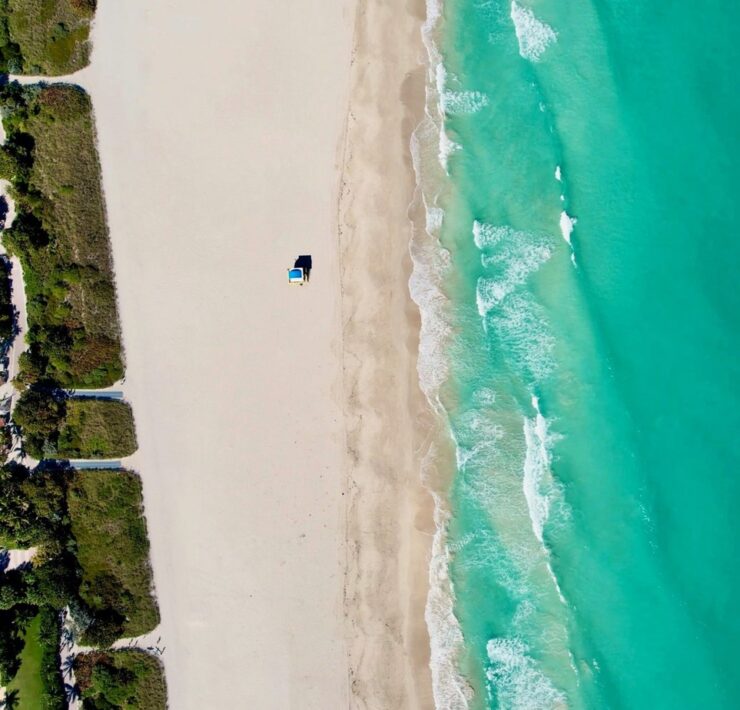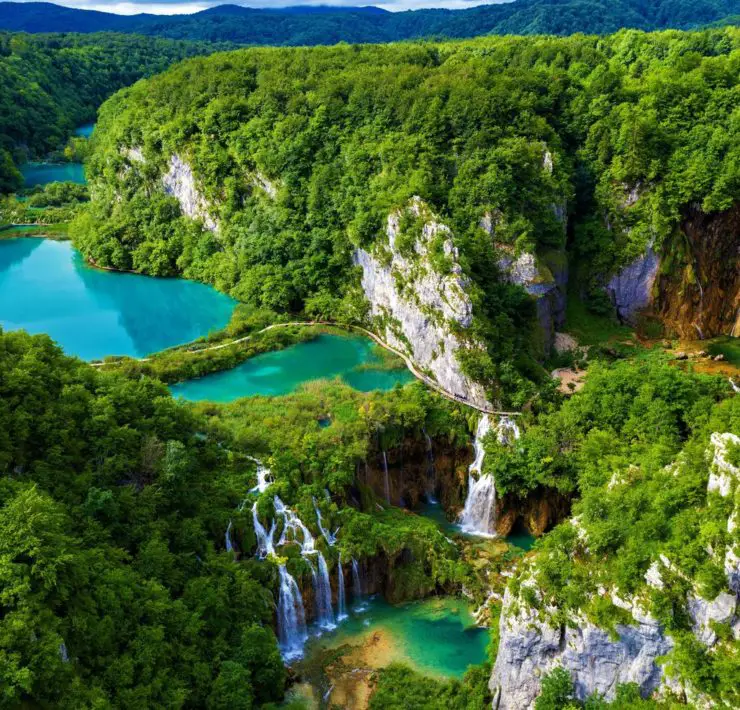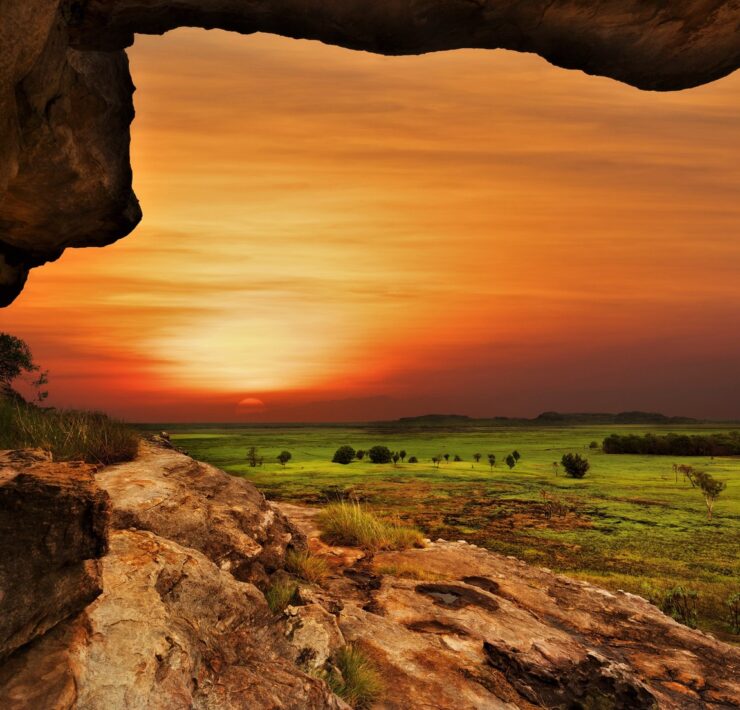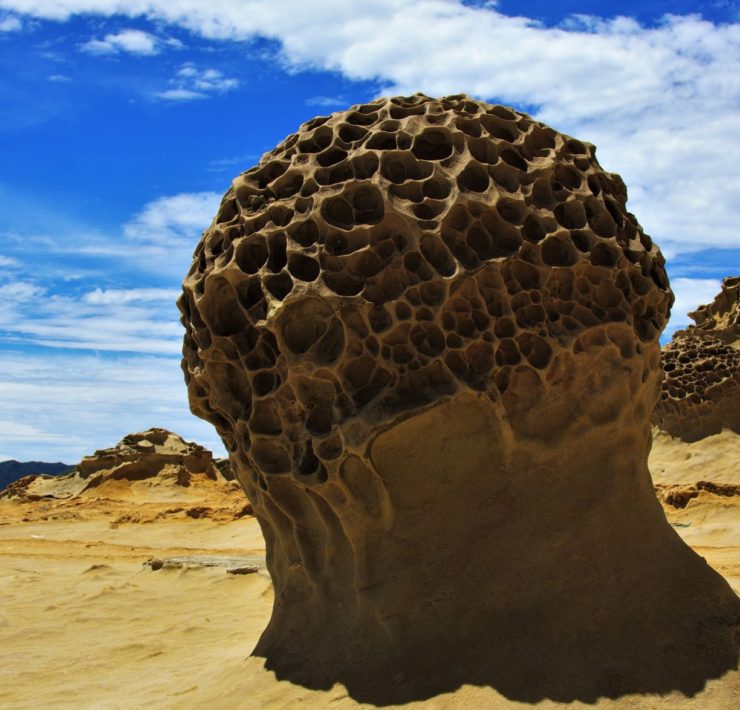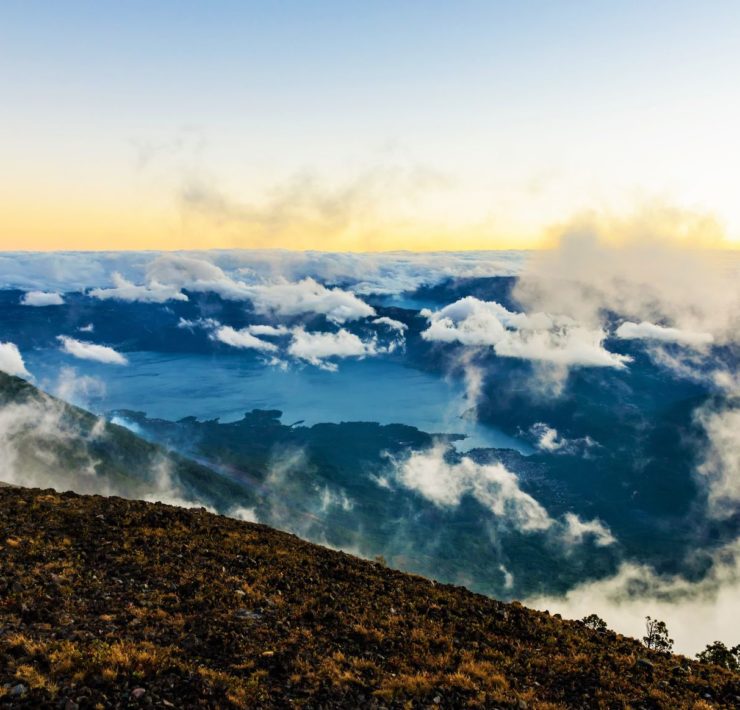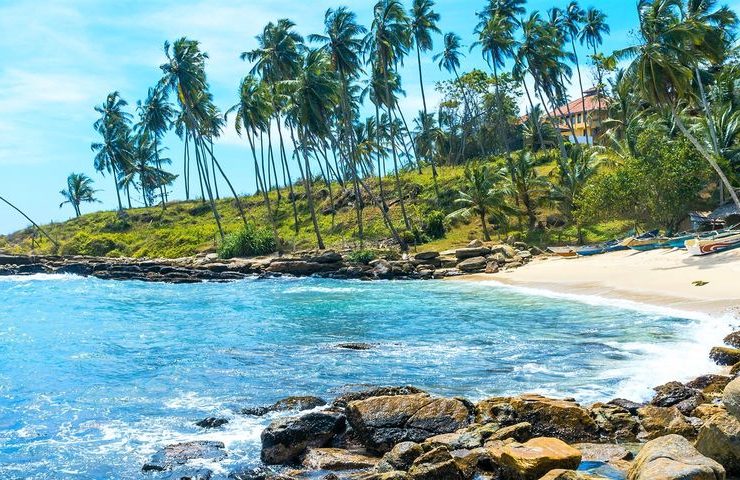In the wilds of the Faroe Islands there’s a lake and its name is as much a topic of debate as it is curious in itself. Lake Sørvágsvatn or Leitisvatn as it is also known by different people in the same local area is the biggest of the lakes of the Faroe Islands with an area of approximately 3.4 square kilometres and stretching over 6 kilometres long.
The name of the lake is under debate due to two villages wanting to call it different things. Those who live in Sørvágur name the lake after their village while the residents of Miðvágur and Sandavágur call it “Leitisvatn.” To avoid conflict over the name most of the locals just call it “Vatnið” – the lake. The three original settlements divided the land on the island into three parts. The village of Miðvágur is actually closer to the lake in proximity but the lake falls within the boundary of the Sørvágur region.
The curiousness that surrounds this lake is to do with perspective. From certain angles the environment creates an optical illusion. The lake appears significantly higher than the ocean when in fact it’s actually only thirty meters above the sea but the cliff-side is one hundred meters high.
Just from this slight change of perspective you can see that the lake is not at the same elevation as the cliffs and that the top of the cliffs slope down to the lake from the cliff top.
And again from this perspective the reality of the perspective illusion can really be seen with the shear cliffs dropping into the ocean while the lake itself is cradled in the valley. The cliff elevations are between 253 and 376 meters.
This aerial shot of the lake further demonstrates the way the land lies and the way the cliffs contain the lake and separate it from the ocean. The lake looks like it may spill over the edges of the cliffs but the only outlet from the lake into the ocean is via the Bøsdalafossur waterfall.
The landscape is so rugged and raw with a path that runs alongside the lake and incredible views on the edge of the cliffs. However, this is not a lookout place for those who are afraid of heights. You may also see some relics from World War 2 as the British Army built an airfield close to the lake and a station for seaplanes. A Catalina aircraft was the first to land on the lake in 1941.
The Faroe Islands are a cluster of islands located between the Norwegian Sea and the North Atlantic Ocean. They are a self-governing independent country within the Kingdom of Denmark. There is archaeological evidence that there were settlers on the islands before the Vikings arrived.
When On Earth Magazine is for people who love travel. We provide informative travel guides, tips, ideas and advice regarding places to see, things to do, what to taste, and much more for world travelers seeking their next dream vacation destination.

